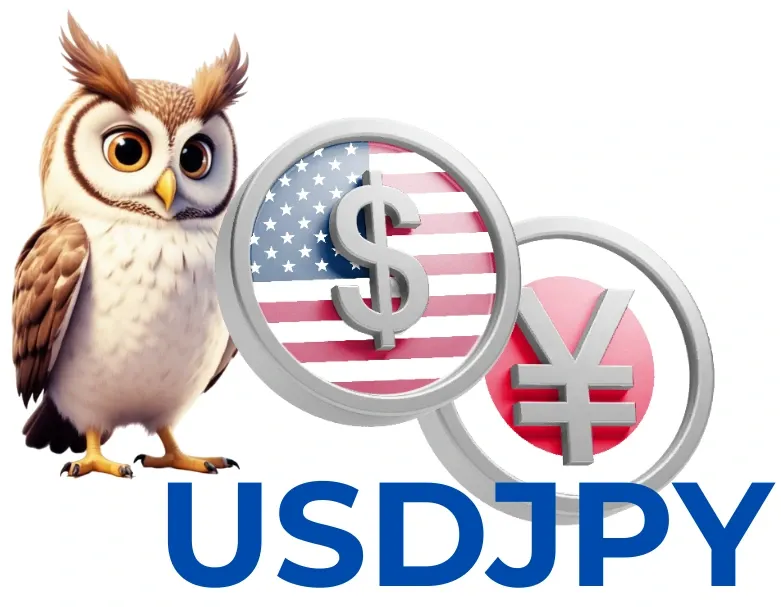What is a Currency Pair?

In the Forex market, a currency pair represents a trading unit where two different currencies are quoted against each other, creating an exchange rate. Each pair has two parts: the base currency and the quote currency, identified by three-letter ISO codes. The base currency is the first currency in the pair, while the quote currency is the second. For example, in the pair EUR/USD, the Euro (EUR) is the base currency, and the US Dollar (USD) is the quote currency. The price of the currency pair indicates how much of the quote currency is needed to purchase one unit of the base currency. Not all currencies are available as currency pairs; only those with sufficient liquidity and trading volume are typically offered. Major currency pairs involve the most traded and widely used currencies, such as the US Dollar, Euro, Japanese Yen, and British Pound. Various factors, including economic stability and trading volume, influence whether a currency can be traded as a pair.
What is a Currency Pair?
A currency pair refers to the comparison of two distinct currencies, expressed in terms of their relative value to one another.
A pair of currencies includes a base (left one) and a quote (right one). Currencies have three alphabetic codes that are identified by the ISO currency code.

Not every currency can easily be a currency pair. Currency pairs are combinations of two different currencies traded against each other, especially in the forex market. However, not all currencies are available as currency pairs, and several factors determine whether a currency can be traded as a pair or not:
-
Demand and Popularity: Currencies that are widely used and in high demand globally (such as the US dollar, Euro, and Japanese yen) are traded as major pairs. Lesser-known currencies or those with low demand are not usually available as pairs in major markets.
-
International Acceptance: Currencies that are broadly accepted by central banks, financial institutions, and large companies are more likely to be traded as pairs.
-
Economic and Political Stability of Countries: Currencies from countries with stable economies and strong financial conditions are more commonly traded as popular pairs. Currencies from countries with high economic or political volatility may be less available as pairs.
Types of currency pairs
There are three types of currency pairs in the forex markets: Major, Cross (also known as minor), and Exotic.
Major: These currency pair types include the U.S. dollar and 7 other most widely traded currencies, which are the most popular.
-
EUR/USD or the Euro vs the U.S. dollar
-
USD/JPY or dollar vs. the Japanese yen
-
GBP/USD or the British pound vs. the dollar
-
USD/CAD or the Canadian dollar vs. the U.S. dollar
-
AUD/USD or the Australian dollar vs. the U.S. dollar
-
NZD/USD or New Zealand dollar vs. the US dollar
-
USD/CHF or U.S. Dollar vs. Swiss Franc
Because Canada and Australia are rich in commodities, USD/CAD and AUD/USD are also named commodity currencies.
Over 70% of forex trading activity involves major types of currency pairs.
Cross-currency pairs: They are popular currency pair types made up of major currencies such as EUR, AUD, CAD, and GBP, except the U.S. dollar. These types of currencies have a wider spread and are not as liquid as major currencies.
Exotic currency pairs: These include currencies from developing markets. These currencies have less significant liquidity in contrast to other types. For instance, USD/SGD (U.S. dollar against the Singapore dollar).
Minor currency pairs: Also known as cross-currency pairs, these include two major currencies excluding the U.S. dollar. While these pairs are less liquid than major currency pair types, they are still popular among traders due to their unique characteristics.
How to Read a Currency
If you want to read a currency pair list, you have to know some concepts of currencies in the forex market. For example, the base currency, the quote currency, the bid, and the ask.
Base currency: The base currency is the first currency in the pair, which is the one being bought or sold.
Quote currency: The quote currency is the second currency, which indicates how much of this currency is needed to purchase one unit of the base currency.
Consider the currency pair list GBP/USD:
-
GBP (GB pound) is the base currency.
-
USD (US dollar) is the quote currency.
If the price of GBP/USD is 1.12000, it means 1 GBP is equal to 1.12 US Dollars (USD).
If you were to buy GBP/USD, you would be buying GBP and selling US Dollars (USD).
If you were to sell GBP/USD, you would be selling GBP and buying US Dollars (USD).
How do currency pairs work
EURbase/USDquote is a major currency pair. There is always a difference between the value of the base and the quote.
If you have one of the Forex platforms on your PC or your cellphone, you can see two numbers related to the currency pair list. These numbers are called the bid and ask, and the difference between them is called the spread. Consider the EUR/USD currency pair. For instance, you will see bid=1.10000 and ask=1.10040.
These numbers indicate that you will achieve 1.10000 USD in exchange for selling one EUR or you will pay 1.10040 USD in exchange for buying one EUR.
The price of a currency pair depends on the value of the base currency against the quote currency and the exchange rate you see is based on the value of the currencies concerning one another.
Key Terms in Trading Currency Pairs
In forex trading, currency pairs, you might encounter some terms. We mentioned some of them above such as major, cross, exotic (currency pair types), the base and the quote currency, bid, and ask.
But now let’s point out other names of currencies that are irregular and just traders use among each other.
USD (GREENBACK): This term is used for the US dollar due to the green color of US banknotes.
AUD (Aussie Dollar): This term is very common for the Australian dollar. Aussie refers to something Australian.
Canadian Dollar (CAD):
(Loonie): A term used for one Canadian Dollar. This name comes from the image of a “loon” bird featured on the one-dollar coin.
(Toonie): The term for the two-dollar Canadian coin (which is silver-colored).
Euro (EUR):
(Single Currency): Sometimes the Euro is referred to as the “Single Currency” as it is used by several European countries.
But you have to know these names are used informally in casual conversations or trade. In global financial markets, three-letter ISO codes are typically used to refer to currencies (such as USD for the US Dollar, EUR for the Euro, and GBP for the British Pound).
Therefore, while currencies may have specific or informal names in some cases, in global and official markets, standard names and three-letter codes are generally used to identify them.
What are the best currency pairs:
The best currency pair list, or in other words, major currency pair types, are the most common and heavily traded currency pair types in the forex trading market such as:
1. EUR/USD (euro and U.S. dollar)
2. USD/JPY (U.S. dollar and Japanese yen)
3. GBP/USD (British pound and U.S. dollar)
4. USD/CHF (U.S. dollar and Swiss franc)
This popularity among traders comes from high liquidity, lower spreads, higher stability, and global acceptance.
What Affects the Value of the Currency Pairs?
The exchange rate is the value of one country’s currency to another. Some factors such as interest rates, debt, inflation, political stability, etc. can affect the value of the currency.
Some of these are related to each other. For instance, inflation refers to the rise in the general level of prices of goods and services in an economy. Central banks often raise interest rates in response to inflation to control it. On the other hand, political instability could result in a loss of investment attraction and higher inflation.
These factors, either individually or combined, play a crucial role in determining the value of a currency pair in the forex market.








